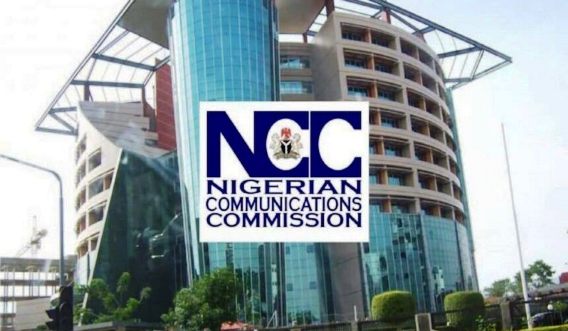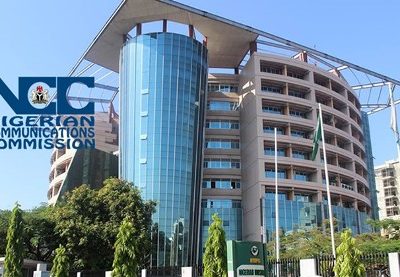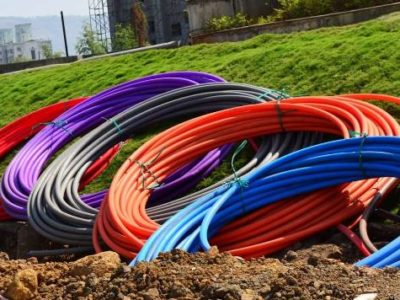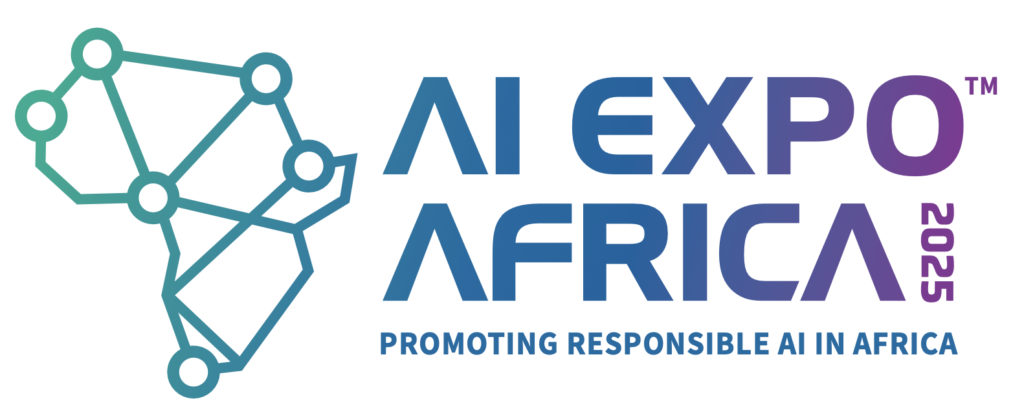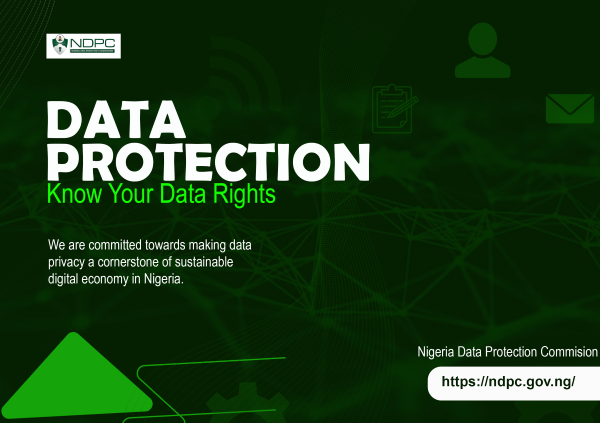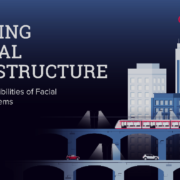NCC Blames City Overcrowding for Bad Phone Service
The Nigerian Communications Commission (NCC) has identified inadequate network capacity in high-density urban areas as a major snag. This is the primary cause of persistent poor quality of telecom services in cities like Lagos, Abuja, and Port Harcourt.
RELATED: Congestion down as VoIP networks take 10 billion minutes off telcos in Nigeria
This revelation comes from a detailed research report conducted in partnership with global broadband intelligence firm, Ookla.
The Urban Bottleneck: High User Density Overwhelms Networks
The Commission’s findings clarify that the problem is not nationwide but is concentrated in city centers. This is particularly the case where the high density of active internet users overwhelms existing infrastructure. According to NCC, this congestion manifests as dropped video calls, constant buffering, failed mobile payments, and slow download speeds.
“Overall, network capacity for data services across the country appears good. However, capacity issues have been observed in urban areas across all major operators,” the NCC stated.
It confirmed that while rural areas experience little impact, congestion in cities worsens significantly during peak hours, directly degrading user experience.
Prescribed Solution: Aggressive 5G Deployment and 4G Optimization
To resolve the service quality issues, the telecom regulator is urging operators to intensify infrastructure investments specifically in these high-traffic zones. The NCC recommended a dual-focused strategy as the most effective solution:
- Aggressively deploying 5G technology to expand network capacity.
- Optimizing the capacity of existing 4G (LTE) networks to improve performance for all users.
The report concluded that only this targeted infrastructure expansion in urban areas can guarantee consistent and reliable service quality for millions of users.
Operators Cite Fibre Cuts as a Major Challenge
While the NCC report focuses on urban capacity, telecom operators have consistently highlighted another critical issue: fibre cuts. Industry players blame frequent damage to critical infrastructure for service outages and revenue loss, with the NCC’s own data revealing that operators record an average of 1,100 fibre cuts every week.
Government Steps to Protect Critical Infrastructure
In response to the infrastructure damage crisis, the government has taken legislative action. In August 2024, President Bola Tinubu signed a gazette officially designating telecom infrastructure as Critical National Information Infrastructure, making it a criminal offence to willfully destroy it.
Furthermore, the Federal Ministry of Works and the Federal Ministry of Communications, Innovation, and Digital Economy have formed a Joint Standing Committee on the Protection of Fiber Optic Cables to provide a lasting solution to the problem.

